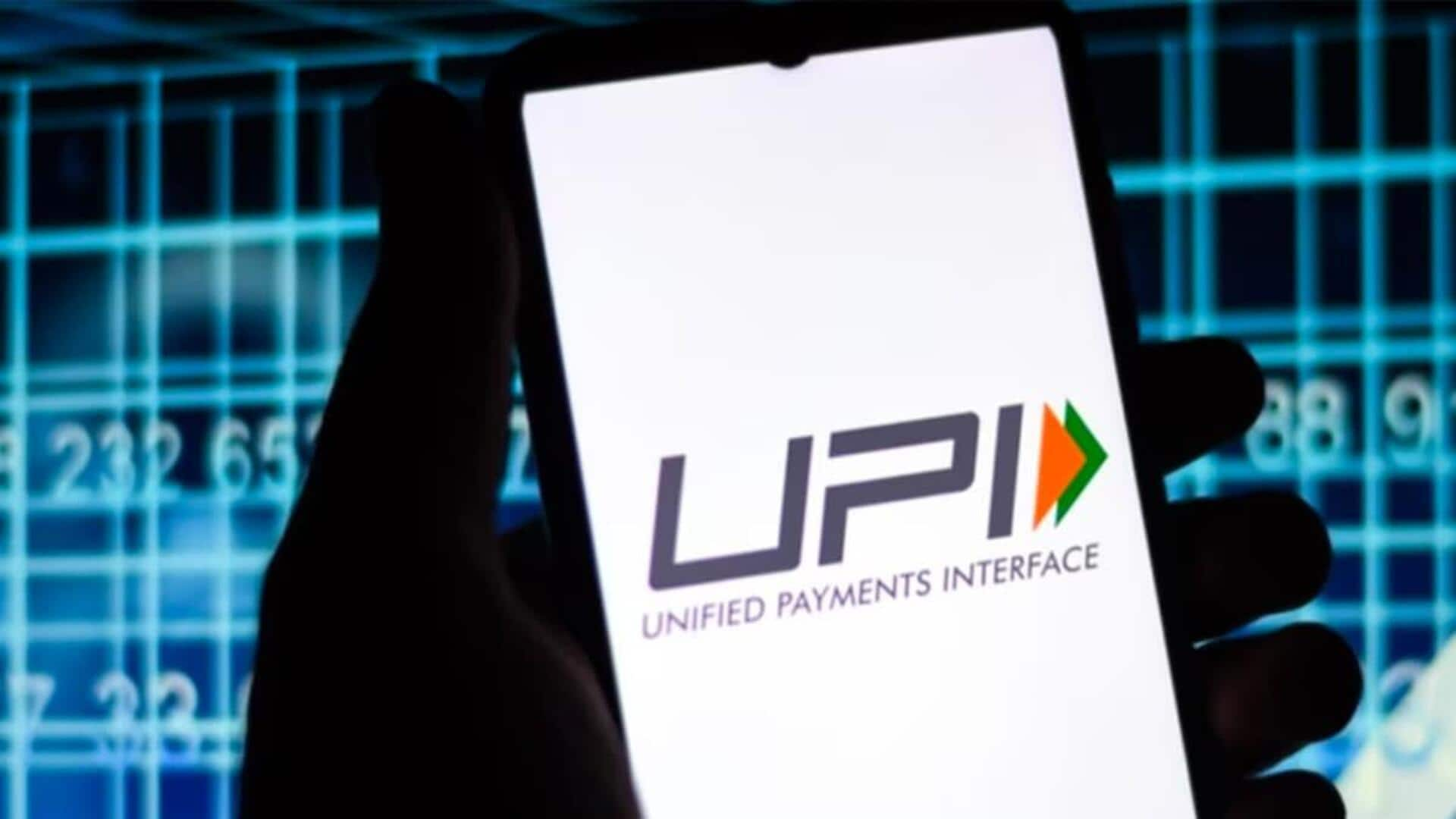
NPCI to outline methods for enforcing 30% UPI market limit
What's the story
The National Payments Corporation of India (NPCI) has set a 30% cap on Unified Payments Interface (UPI) market share, leaving the industry in anticipation. Third-party UPI players like Google Pay and PhonePe have until December 2024 to comply with this limit. Currently, these third-party app providers (TPAP) hold a significant 85% of all UPI-based transactions. The NPCI is expected to release guidelines on enforcing the cap in the coming months, well before the deadline.
Risk mitigation
Strategy to mitigate concentration risk
The NPCI aims to mitigate concentration risk with UPI market cap. One proposed method is to halt the addition of new customers for those surpassing the 30% market share in UPI transactions. This process could be implemented gradually to lessen user impact. A senior banker highlighted, "The risk of a single point of failure remains elevated when the two players (Google Pay and Phone Pe) dominate such a high volume of activity, resulting in disorderly services and disruption in services."
Market impact
Market dominance and its impact on innovation
Senior lawyer Sanjiv Sharma, an expert in competition laws, noted that large players often employ predatory pricing strategies to secure market dominance. "Once monopoly is obtained then these players monetize using its services to gain back its investments with heavy returns." "This overall 'price game' reduces the space of innovation and makes it challenging for smaller players to deliver services at a competitive perspective," Sharma said.
Expansion
NPCI encourages expansion for UPI growth
The NPCI has highlighted the vast potential of digital payments and urged both existing and new players, including banks and non-banks, to broaden their consumer outreach for UPI growth. This initiative aims to achieve overall market balance. The corporation will reassess its decision to impose a 30% cap on UPI services' market share by the end of 2024. This limit was first announced in November 2022 as a measure to break the duopoly of PhonePe and Google Pay.